Halfway from Inverness to Orkney on the A9 stands the small town of Brora, tight against the North Sea. It makes a perfect stopping point on the long drive through Sutherland and Caithness on the way to those northern isles, both for its serene beauty and the distillery that sits just outside of town: Clynelish.
Clynelish is another feather in Diageo’s whisky cap, which must look like a headdress if I’m to keep this metaphor going, but whereas Talisker, Lagavulin, Dalwhinnie, and Glenkinchie are more often in the spotlight, Clynelish has flown under the radar for a long time. Clynelish, known primarily as a blending whisky for Johnnie Walker Gold, has produced a distinctive single malt for over a decade, and, as far as whisky hunters are concerned, the distillery has one of the most interesting histories in the industry.
There are actually two distilleries on the Clynelish property, and both have operated under the Clynelish name at different points in time. The original Clynelish distillery was founded in 1819 by the Marquess of Stafford and produced whisky for almost 150 years before shutting down when SMD/DCL, the owners at the time, opened a new, purpose-built distillery in 1968. This new distillery assumed the mantle of Clynelish. Meanwhile, SMD/DCL also owned the Port Ellen and Caol Ila distilleries on Islay, which were having trouble meeting blending demands for peated whisky due to a nasty drought at the time. In a stroke of genius, SMD/DCL reopened the original Clynelish and began producing heavily peated whisky from 1969-1973 to make up for the shortfall at the Islay distilleries. The two distilleries operated side-by-side as Clynelish I and Clynelish II or Clynelish A and Clynelish B for a time before the original distillery took the town’s name: Brora. After 1973, Brora switched to a lighter, Highland style of whisky until the distillery, along with many others in Scotland, was mothballed in 1983. To this day, Brora single malts are some of the most sought-after bottles in the world.
I resolved myself to untangle Clynelish’s past and maybe, just maybe, get a taste of the vaunted Brora single malt. After a spirited tasting at Dalmore in the morning, my dad and I hit the road for the second part in our day’s doubleheader. We arrived to Clynelish on a blustery, bright day as the wind howled between the buildings and reddened cheeks. Clynelish is not one of the distilleries Diageo has pumped a lot of tourism pounds into so it has more of an industrial feel to it. We were met by Claire Fraser, Clynelish’s brand home manager, who kindly took time out of her day to show us around the distillery.
After a brief warning about fear of heights, we climbed a series of industrial metal steps and walked along one of those grated floors you can see through. A mammoth copper-topped mash tun belched steam beneath a corrugated metal ceiling studded with skylights. While Clynelish produces a single malt, 95% of their spirit goes to blends, especially Johnnie Walker Gold. It wasn’t that long ago that Clynelish single malt could only be found in Diageo’s Flora & Fauna collection with the likes of Mortlach, Dailuaine, and others.
Clynelish was undergoing some renovation during my visit. Machinery noise and the sounds of production vibrated throughout the building and served as a good reminder that distilleries are still industrial plants. We passed through a temporary wall of plastic sheeting into a cordoned off section where eight wooden and two steel washbacks fermented the Clynelish proto-spirit. Claire explained that Clynelish uses pressed yeast, which has a consistency akin to play-doh, because the truck that brings the creamed yeast doesn’t come this far north yet.
After a beery whiff of the fermenting wash, we exited the mash house and took a windy jaunt to the stillhouse. While I was forbidden use of my camera here, believe me when I tell you this is a pretty darn good-looking version of a 1960s stillhouse. Six massive stills stand cheek-by-jowl in front of a wall of windows that both brings in much-needed light and allows sweltering air to escape. I often speak of alchemy in relation to the distillation process, and perhaps nowhere is this more true than at Clynelish. Claire points out some black gunk on the spirits receiver that looks kind of like grease. It isn’t. In fact, they don’t know what it is, but it gives the Clynelish spirit its distinct waxy character.
Ok, there’s black gunk on their equipment, and they don’t know what it is or how it gets there, but they know it’s important and they let it be. I love that. A lot.
Claire leads us from the stillhouse, across a field of mown grass, to the empty streets of Brora. Warehouse after warehouse, stained by the omnipresent fungus that likes whisky more than I do, stand silent and largely empty. Claire unlocks one of the warehouses and leads us into room where workers used to fill casks. I’ve never had the opportunity to taste Brora, but it still feels like I’m standing in the whisky equivalent of an empty Fort Knox. I’m hopeful when I ask Claire if there are any plans to reboot Brora, but she quashes the idea gently yet firmly. I’m not giving up hope, though, because I know how the industry works. If there’s a need, it’s more attractive to reopen mothballed distilleries – especially those with cachet – than to build new ones.
Back in the small gift shop, Claire brings out a trio of Clynelish expressions. Clynelish is often associated with maritime influences in the whisky. It sounds nice. The distillery is on the coast, after all, but this is marketing spin. Clynelish’s barrels are not aged on site; instead, they’re shipped off to one of Diageo’s mega-warehouses where they while away the years.
Claire pours a mini-dram of the distillery’s core Clynelish 14, which has spent time in both ex-Bourbon and ex-Sherry casks. The whisky shines like 14-carat gold in the glass. The nose is a gentle reminder of beeswax scented with violets or clover, barley sugar, and a vegetal character that’s likely from the medium-peated barley they use. The palate reflects the nose, but the sweetness turns toward tropical fruit like pineapple, a hint of salted caramel, and then a somewhat bitter, drying finish. There are loads of low-volume aromas and flavors happening here tending toward floral, vegetal spiciness like mustard greens. Very unique whisky.
Next we tried a taste of the Clynelish Distiller’s Edition, a common bottling across Diageo’s distilleries. This version of Clynelish is finished in Oloroso seco Sherry casks, and its impact is noticeable from the start. The whisky is darker, almost like unfiltered honey. The nose is rich with common Sherry elements like orange zest, milk chocolate, and dried apricots inflecting the base Clynelish 14 characteristics. The palate is nutty and creamy/waxy with a dash of salt, a bit rounder and more full-flavored than the 14. The mustardy watercress note appears on the finish as the sweets fall away. This is a winner.
Finally, we finished with a distillery-only bottling of cask-strength Clynelish, which was aged only in ex-Bourbon barrels. This straw-colored dram evoked hay, barley sugar, candlewax, and the faintest wisp of smoke on the nose. The longer I let it sit the more it opened up. The palate is a bit hot with a creamy mouthfeel, green grass, candied almonds, and watercress. An interesting, pleasant funk develops on the finish. This is a slow-burner that needs time to open up in the glass. Another off-the-wall profile.
Clynelish is a tough nut to crack. They’re off in the wilds of Scotland, which is itself a country off in the wilds, making whisky that really has no analog. It is unique, and it makes sense that it forms the backbone of a popular blend, where it can be moderated by other whiskies. I like the quirkiness. The industry needs distilleries like Clynelish that bring something undefinable to the bottle (black gunk anyone?). What the industry doesn’t need is marketing programming that spreads fallacy like Clynelish’s maritime quality. As for Brora, well, I didn’t get my taste of it, but that just means I still have frontier left to explore.
Disclosure: I arranged the visit to Clynelish distillery. Claire provided a complimentary private tour and tasting. All thoughts and opinions expressed here, as always, are my own.

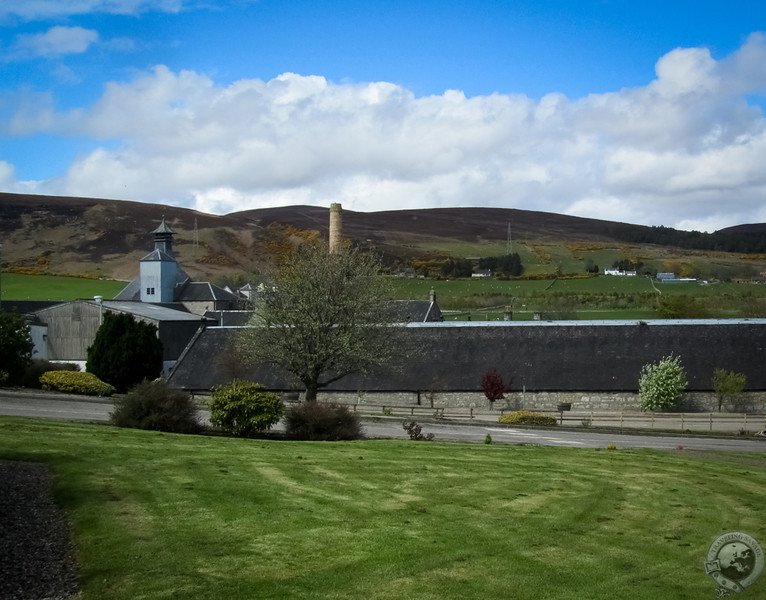
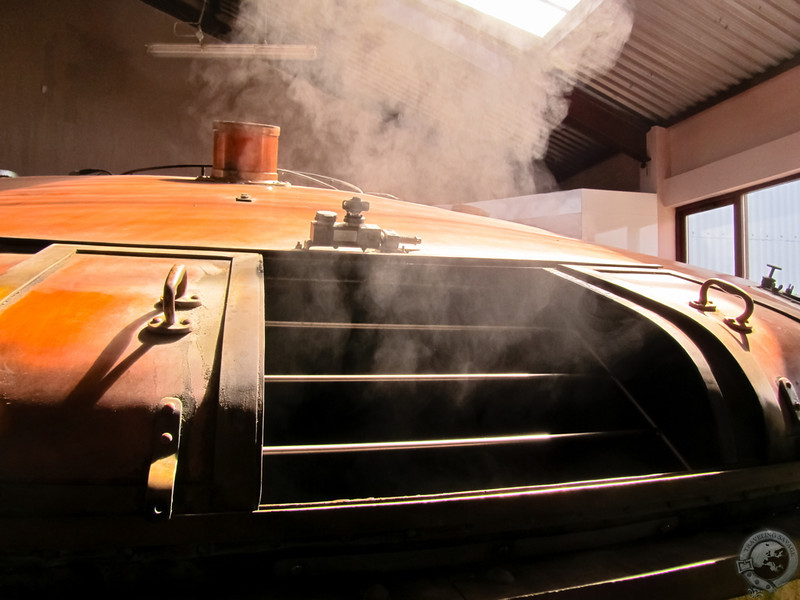
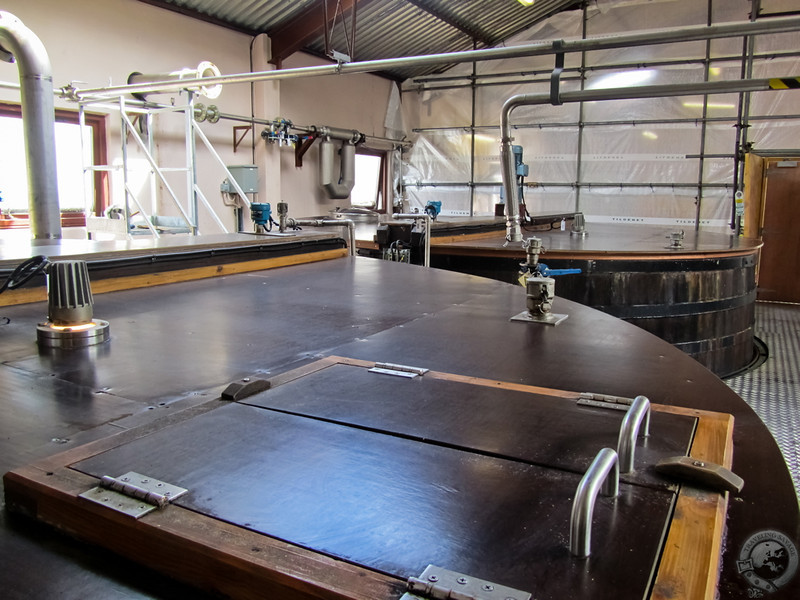
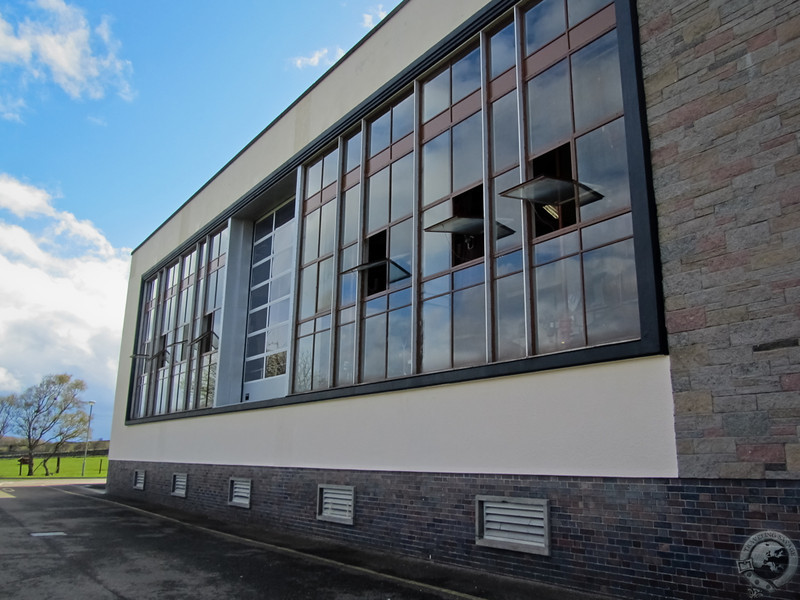
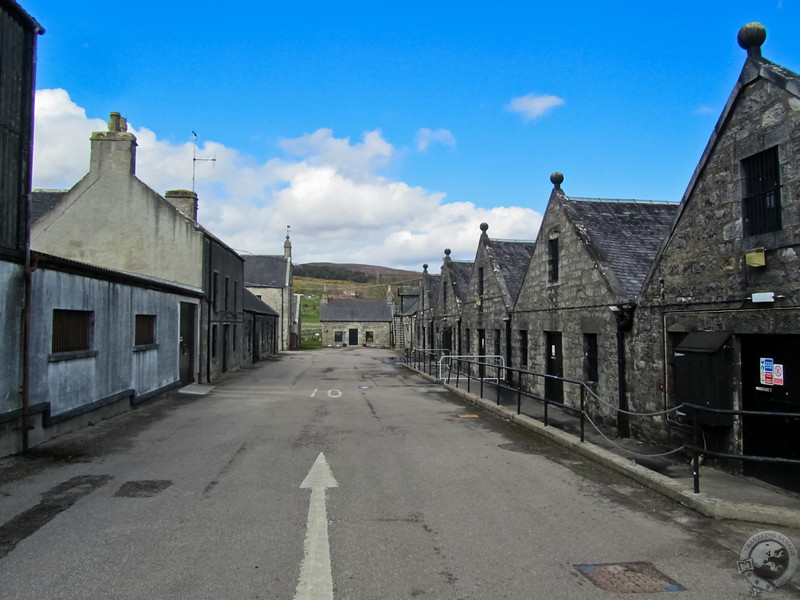
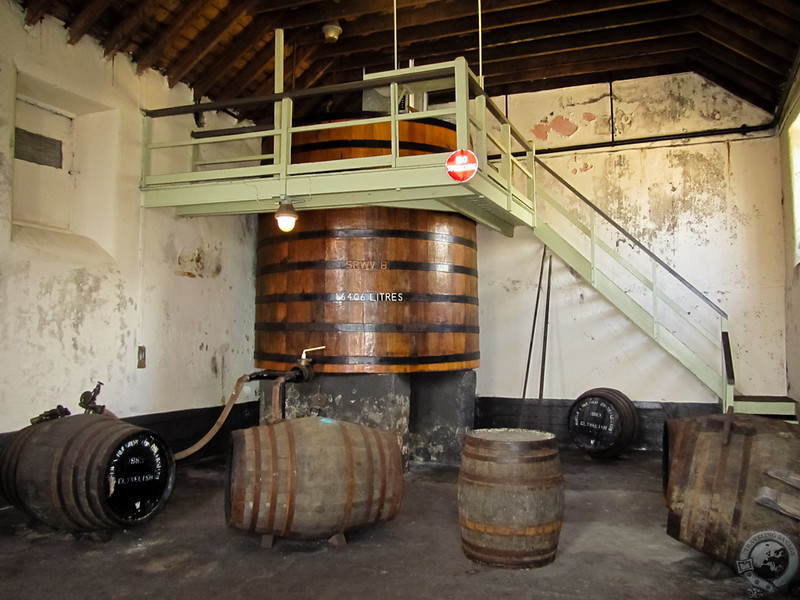
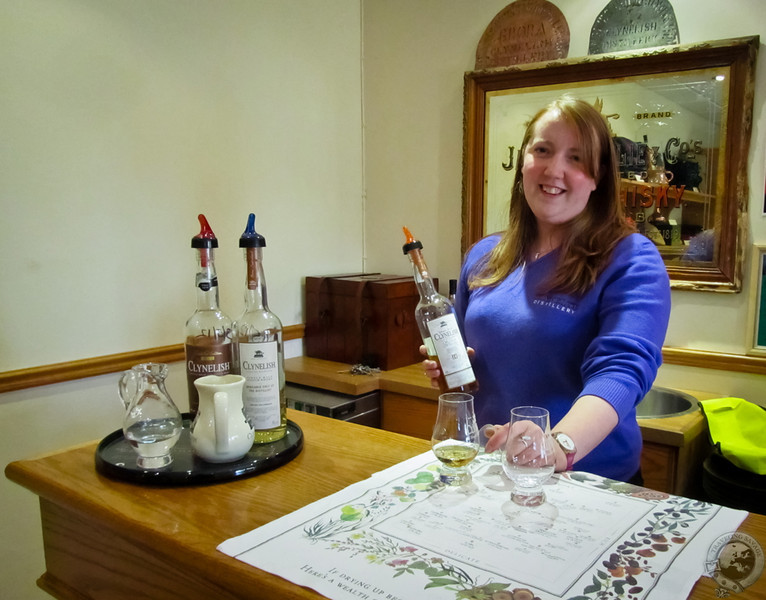
How are the couchsurfing opportunities in Brora?
I’m guessing not very good. It’s a very small place. Worth a look though. Possible camping opportunities, too.
Interesting to know where whiskey blend come form. Also, for a novice whiskey drinker like me, how the end product is influenced so much by what barrels the whiskey has been aged in. I love your descriptions of the nose, taste and palate of the whiskey. I’m wondering how tastes you needed to come up with all those adjectives!!
Hi Kathryn,
Barrels are the most important element in the final flavor and aroma of the whisky. When I taste whisky, I’m constantly searching for the individual flavors and aromas and jotting them down. A dram’s worth is usually enough to do the job, though sometimes I do need more 😉
Interesting.
I stayed in Brora last summer with a mate who goes to the whisky festivals with me. He and I visited Dalmore, Glenmorangie and Clynelish where we took the taste of Brora tour as it represented the last realistic chance to taste Brora as well as the three you mentioned.
The cask strength Clynelish was awesome and I bought a bottle.
I envy you that taste of Brora. How was it?